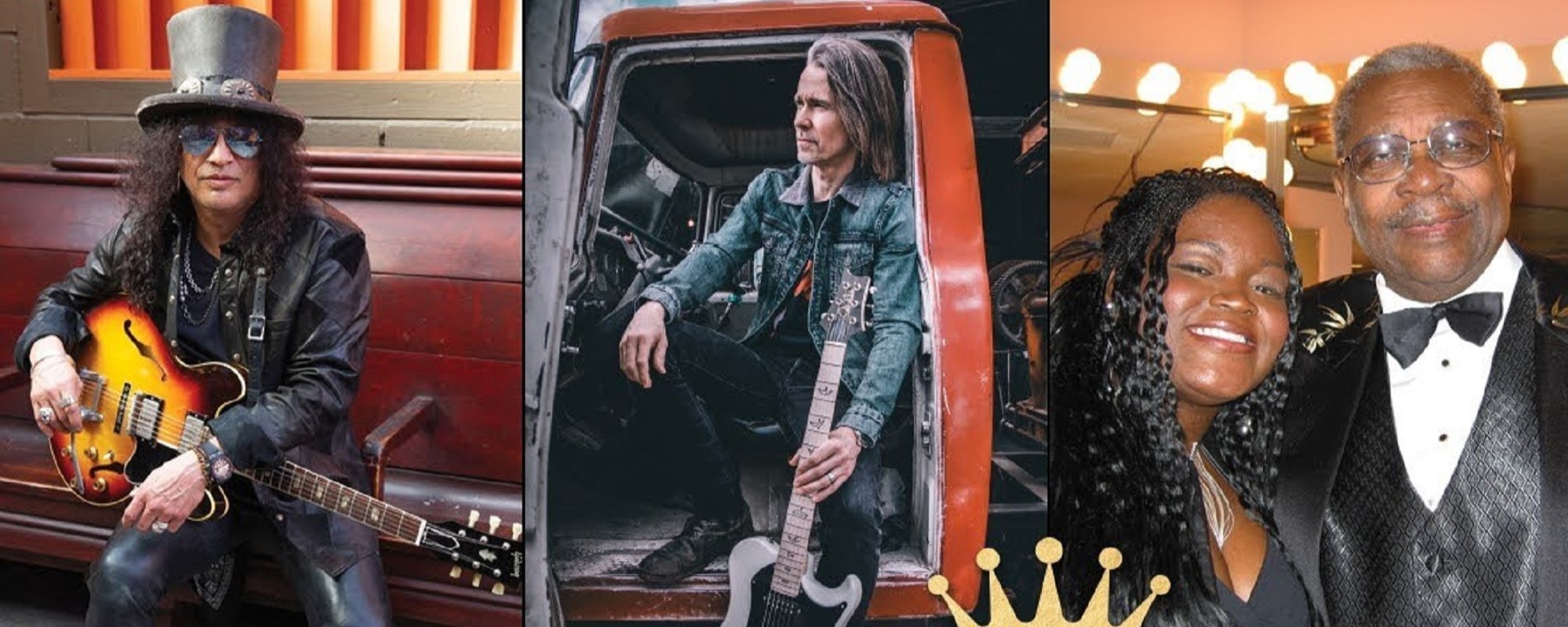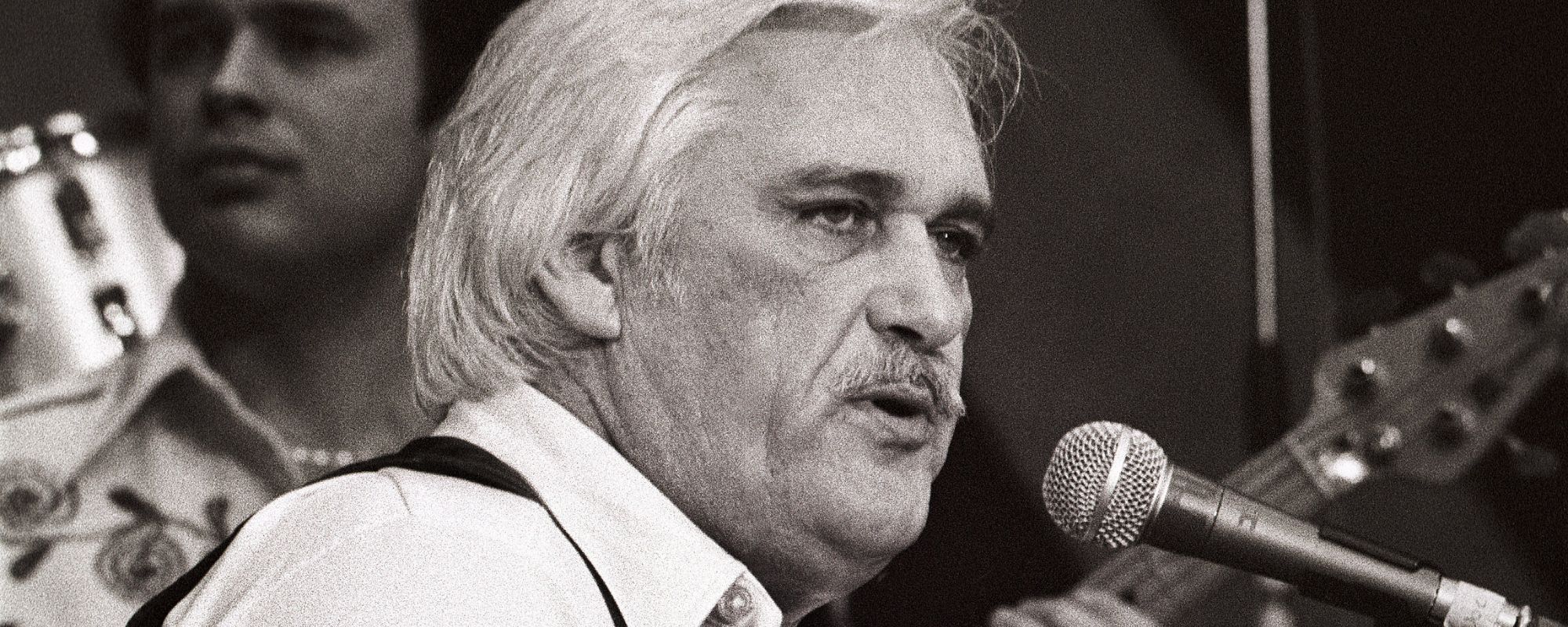Now that we’re 60 years down the line from its release, we hail Highway 61 Revisited as a landmark album in the history of popular music. Released in August 1965, the album solidified Bob Dylan’s fusion of incendiary lyrics with (mostly) electrified music.
Videos by American Songwriter
At the time, it was simply a week in the life of Dylan. He changed the word on the fly, time after time, in that era. And then he hustled on to the next world-shaking accomplishment.
‘Home’ Truths
What did Bob Dylan do on his 1965 summer vacation? Well, let’s try to sum it all up for you. In June, he called a session to record his new single, an extraordinary, unorthodox missive entitled “Like A Rolling Stone”. It was at that session that a session player named Al Kooper played a chirping organ part that Dylan loved and shoved to the forefront of this monumental song.
In July, Dylan headed out for the Newport Folk Festival. Most of the attendees must have ignored Bringing It All Back Home from earlier that year. That LP had introduced electric instruments to his sound for the first time. Otherwise, the crowd wouldn’t have been as shocked as they were when Dylan led an ad hoc band through a furious, plugged-in three-song set at Newport that upended the proceedings.
Dylan didn’t have time to dwell on what transpired. A few days later, he was back at Columbia Studios to record a new album. By that time, “Like A Rolling Stone” was already causing a sensation as it rose up the pop charts.
Bob Johnston came aboard to produce Dylan for the first time, replacing Tom Wilson, who had been at the boards for “Like A Rolling Stone.” In less than a week, Dylan and some ace session players had knocked out the album. It would be titled Highway 61 Revisited when it arrived in stores at the end of the month.
Again, Dylan didn’t have much time to bask in what he’d done. He was soon assembling a band that would head out across the globe on one of the most transformational tours in rock and roll history. And the songs of Highway 61 Revisited formed the backbone of those performances.
Revisiting the Music on ‘Bringing It All Back Home’
The whole “Dylan Goes Electric” legend sometimes makes it seem like he and his cohorts simply barreled away with abandon as feedback squalled. That might have been somewhat true of the live shows. But albums like Highway 61 Revisited never settled too long into any one definitive groove.
Indeed, the LP does contain some barnburners where the musical pyrotechnics keep right up with Dylan’s lyrical derring-do. “Tombstone Blues” and the title track stand out among these peppier tracks.
But portions of the album are devoted to midtempo, subtly melancholy tracks like “Just Like Tom Thumb’s Blues” and “Queen Jane Approximately”. “Ballad Of A Thin Man” seethes with even more venom than “Like A Rolling Stone”, with Dylan’s thunderous piano chords as forceful as any of Mike Bloomfield’s slashing guitar notes elsewhere on the album.
If you’re going to judge an album by its bookends, well, you’re not going to top this LP. It starts with “Like A Rolling Stone”, Dylan’s shot across the bow at the cordiality and gentility of pop music. And it ends with “Desolation Row”, with the mellifluous nature of the music and lyrics contrasting the somewhat haunting imagery within.
As mentioned above, Dylan didn’t stop to accept his laurels for Highway 61 Revisited. If anything, he upped the ante with Blonde On Blonde in 1966. Taking to heart that line that he wrote about being busy being born instead of dying, he just kept churning out the classics at the time. 60 years later, we can stop and appreciate just how brilliant it all was.
Photo by Michael Ochs Archives/Getty Images











Leave a Reply
Only members can comment. Become a member. Already a member? Log in.